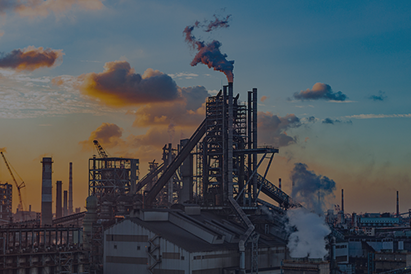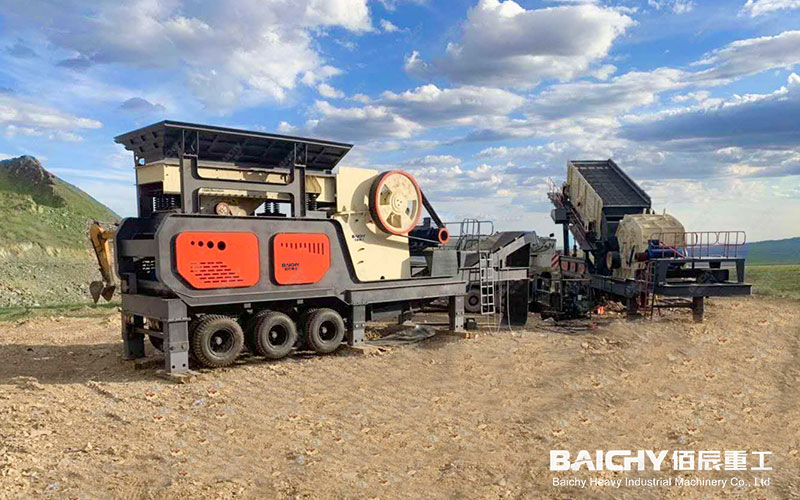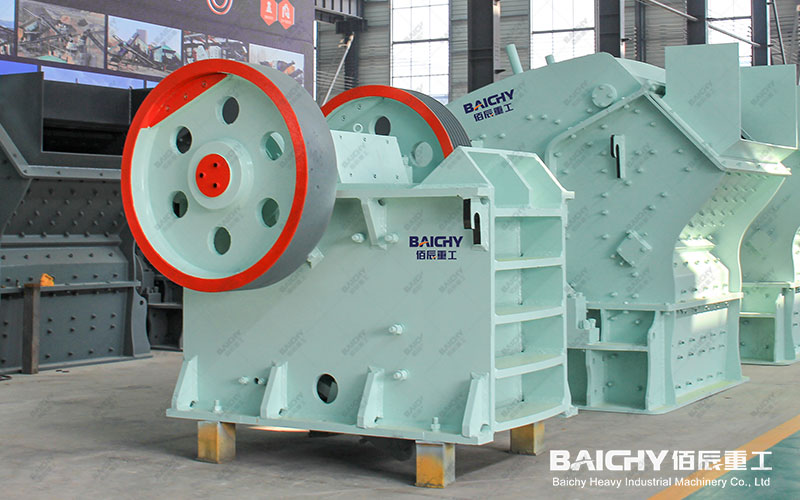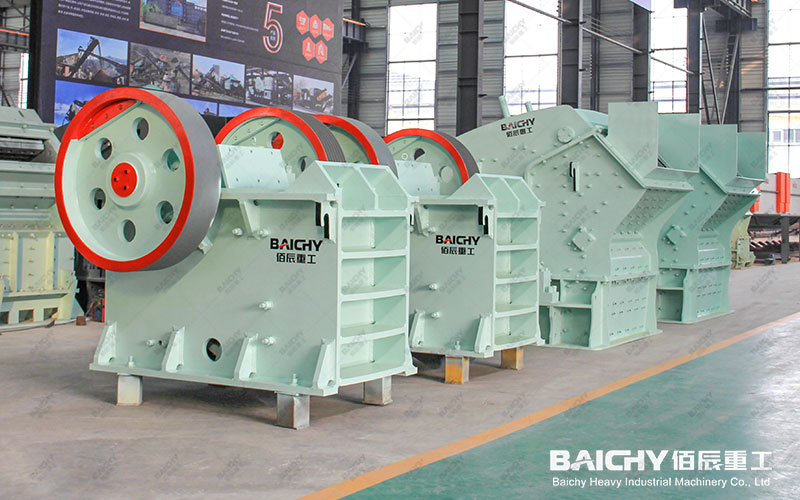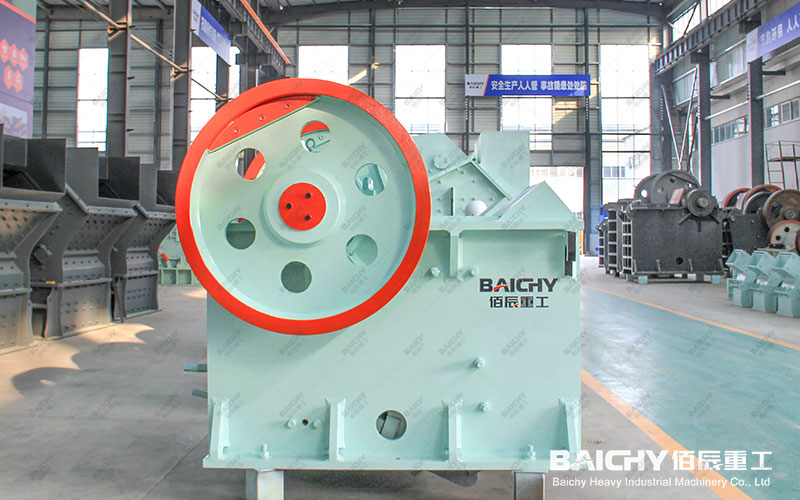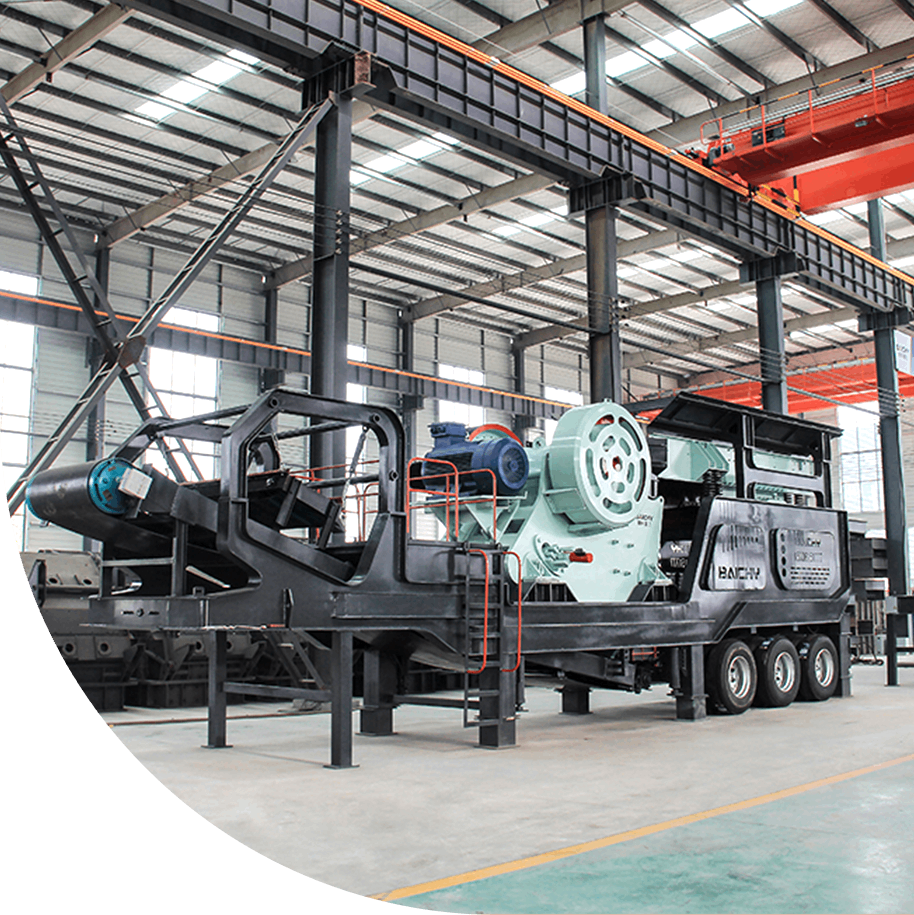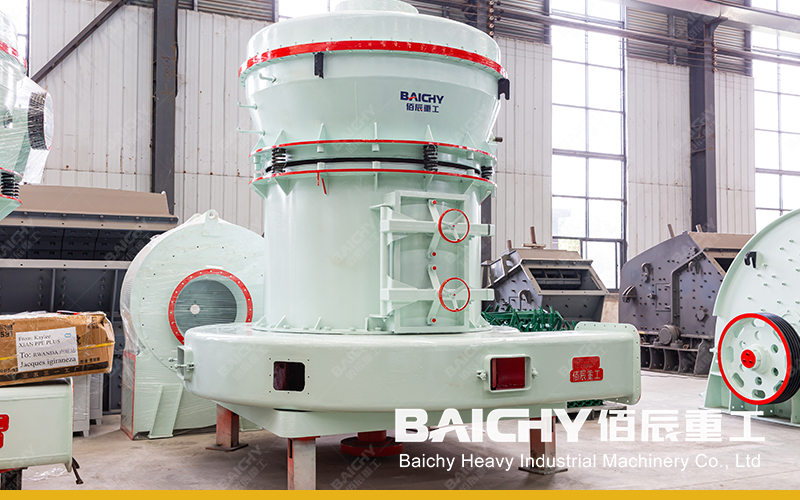
"What exactly can a Raymond mill grind?" This is a common question asked by customers in industries like mining, building materials, and chemicals when purchasing grinding equipment. Raymond mills, an evergreen in the powder industry, are highly favored for their stable performance and excellent cost-effectiveness. However, not all materials are suitable for them.
The right choice can yield twice the result with half the effort; the wrong choice can lead to significant losses. This article will thoroughly clarify the Raymond mill's "recipe," providing a comprehensive list of compatible materials and a clear guide to avoiding pitfalls, eliminating confusion in your selection process.
First, understand the Raymond mill's "taste preferences."
The Raymond mill utilizes the centrifugal roller compaction principle and is a dry grinding system. This determines its core "taste":
1. Hardness preference: It excels at processing low- to medium-hardness materials with a Mohs hardness of less than 7.
2. Moisture requirement: The feed material must be dry, typically with a moisture content of less than 6%.
3. Fineness range: The optimal finished product fineness range is between 80-400 mesh. As long as your material meets the above basic characteristics, it's likely suitable for Raymond mill processing.
The "Ideal Recipe" for Raymond Mills: A List of Ten Suitable Materials
Below is a list of commonly suitable materials, organized by hardness and properties. See if your material is listed:
Category 1: Non-metallic Minerals (Core Application Area)
This is the most classic and widespread application of Raymond mills.
• Calcite, Marble, and Limestone: Raymond mills' signature products, with a Mohs hardness of only 3, are extremely easy to grind, offering high yields and uniform fineness.
• Barite: With a Mohs hardness of 3-3.5, it is the preferred equipment for preparing weighting agents for oil drilling mud.
• Gypsum (raw gypsum, desulfurized gypsum): With a low hardness, it is used to produce building plaster powder with excellent results.
• Talc: With a Mohs hardness of 1, it is the softest mineral in nature and can be easily ground to micron levels by Raymond mills.
• Kaolin and bentonite: Their hardness is not high, but the feed moisture content must be strictly controlled to prevent sticking.
Category 2: Chemical Raw Materials
• Fluorite: Mohs hardness 4, used in the production of fluorine-based chemical products.
• Phosphate rock: Moderate hardness, used in the production of phosphate fertilizers after grinding.
Category 3: Building Materials and Industrial Waste
• Activated carbon and coke: Used for decolorization and purification of materials; Raymond mills can effectively control their fineness.
• Slag, slag, and furnace slag: Processing these industrial wastes and grinding them into cement admixtures is an important application of Raymond mills. This requires drying to ensure the materials are dry.
Category 4: Ceramic Raw Materials
• Potassium (sodium) feldspar and quartz: These materials have a relatively high hardness (feldspar approximately 6, quartz 7), which is at the upper limit of the Raymond mill's processing capacity. While they can be processed, they will cause rapid wear on vulnerable parts such as the grinding rollers and grinding rings, so proper spare parts management is essential.
Raymond mill "minefields": Avoid these materials!
While knowing what can be ground, it's equally important to understand what cannot be ground. The following five types of materials are "minefields" for Raymond mills:
1. Ultra-high-hardness materials (Mohs hardness ≥ 8): such as silicon carbide, corundum, and diamond. Grinding these materials is like "hitting a rock with an egg," severely damaging the rollers and rings.
2. Metallic ores: such as iron ore, manganese ore, and copper ore. Their hardness and toughness pose a significant challenge to Raymond mills, requiring specialized crushers and ball mills.
3. Flammable and explosive materials: such as sulfur, resins, and certain chemicals. Grinding with a Raymond mill may generate heat or sparks, posing a serious safety hazard.
4. High-moisture, high-viscosity materials: such as wet mud and certain special clays. These materials can adhere to the mill interior, causing blockages, downtime, and disruption to normal production.
5. Fibrous and highly tough materials: such as sawdust and traditional Chinese medicine. The compaction mechanism of a Raymond mill makes it difficult to effectively cut fibers, easily causing entanglements and clogging.
Practical Tip: How to Confirm Final Results?
If you're still unsure, follow these two steps:
1. Material Testing: Determine your material's Mohs hardness, initial moisture content, and target fineness, and compare them to the standards listed above.
2. The ultimate solution—a free trial run! Contact a reputable Raymond mill manufacturer with a laboratory and send them a sample of your material for a free trial. Seeing the grinding results and the finished product firsthand is the only true test of suitability.
In short, a Raymond mill is ideal for processing non-metallic minerals and chemical raw materials with low to medium hardness and low moisture content, requiring a fineness of 80-400 mesh. Its repertoire is extensive, covering a wide range of materials, from common limestone to industrial waste residues.



